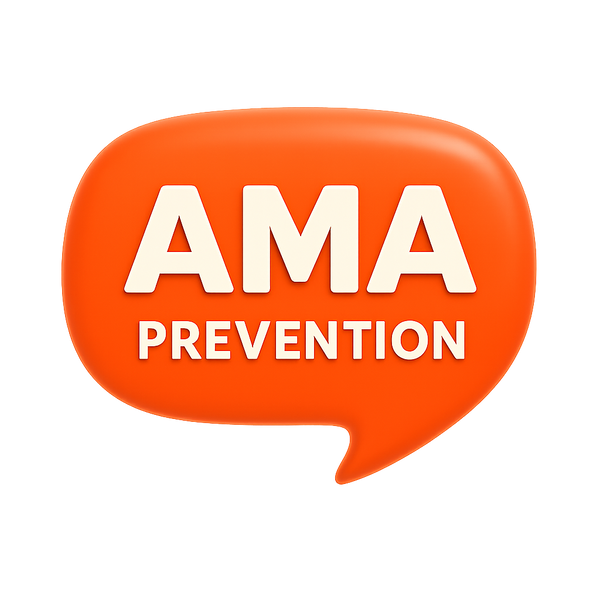
THCP, HHCPO, H4CBD and others Classified as Narcotics
Share
From June 3, 2024 , several new cannabinoids will be officially classified as narcotics in France . This decision, taken by the ANSM , follows an increase in reports of serious effects and the detection of cases of severe poisoning by the centers for evaluation and information on pharmacodependence-addictovigilance (CEIP-A) . The objective: to protect public health in the face of the emergence of substances with a high potential for addiction and high risks for the body.
⚖️ Which cannabinoids are involved?
🔬 Semisynthetic cannabinoids
Semisynthetic cannabinoids are derivatives of natural hemp molecules, chemically modified to enhance their psychoactive effects. They include:
- H4-CBD
- H2-CBD
🧪 Benzo[c]chromene derivatives
These cannabinoids, similar to THC, act directly on the brain's CB1 and CB2 receptors. Their consumption exposes the user to powerful and sometimes unpredictable effects. The new regulations include:
- HHC (Hexahydrocannabinol)
- HHCO (HHC-Acetate)
- HHCP (Hexahydrocannabiphorol)
- HHCPO (HHCP-Acetate)
- THCP (Tetrahydrocannabiphorol)
- THCA (Tetrahydrocannabinolic Acid)
⚗️ Synthetic cannabinoids
Created entirely in a laboratory, these substances mimic the action of THC but in a much more intense way. They are now included on the list of narcotics:
- 5F-Cumyl-Pegaclone (5F-SGT-151)
- Cumyl-CH-Megaclone (SGT-270)
- 7APAICA
- 5F-7APAICA
- Cumyl-P7AICA
- 5F-Cumyl-P7AICA
- BZO-Hexoxizid (MDA-19)
- BZO-Poxizid (5C-MDA-19)
🚨 Why are these substances banned?
Immediate health risks
The effects observed after consumption are often rapid and violent:
- Vomiting, loss of consciousness, even coma
- Convulsions, anxiety attacks or paranoia
- Tachycardia, hypertension , chest pain suggestive of a heart attack
- Kidney damage or neurological disorders
These effects are generally more intense than those of natural THC, due to a much higher concentration of active ingredients — often unknown to the user.
Potential for addiction
Synthetic and semi-synthetic cannabinoids cause rapid tolerance : the need to increase doses can lead to strong dependence and difficult withdrawal.
Uncertain composition and hidden risks
Many products sold online or in some CBD stores contain undeclared mixtures. Analyses show significant discrepancies between the actual composition and that advertised on the packaging, exposing consumers to overdoses or unforeseen toxic effects.
🧭 Surveillance and prevention
The ANSM and the CEIP-A continue to actively monitor new cannabinoids circulating on the market. This monitoring allows for the rapid identification of dangerous substances and the adaptation of public health measures.
Most common forms of consumption
These products are often marketed in attractive forms:
- Oils or resins
- Vaporized herbs or flowers
- Sprays and e-liquids
- Gummies (candies)
They can be inhaled, vaped, or ingested, with each method of administration influencing the speed and strength of the effects.
✅ Conclusion
Classifying these new cannabinoids as narcotics is an essential public health measure . It aims to limit public exposure to dangerous, poorly identified and potentially addictive substances.
AMA Prevention encourages everyone to remain vigilant and to seek information from reliable sources before consuming any product. If in doubt or experiencing worrying symptoms, immediately contact a healthcare professional or the nearest poison control center .
📚 For more information: consult the official ANSM article and find our prevention advice on ama-prevention.fr .



